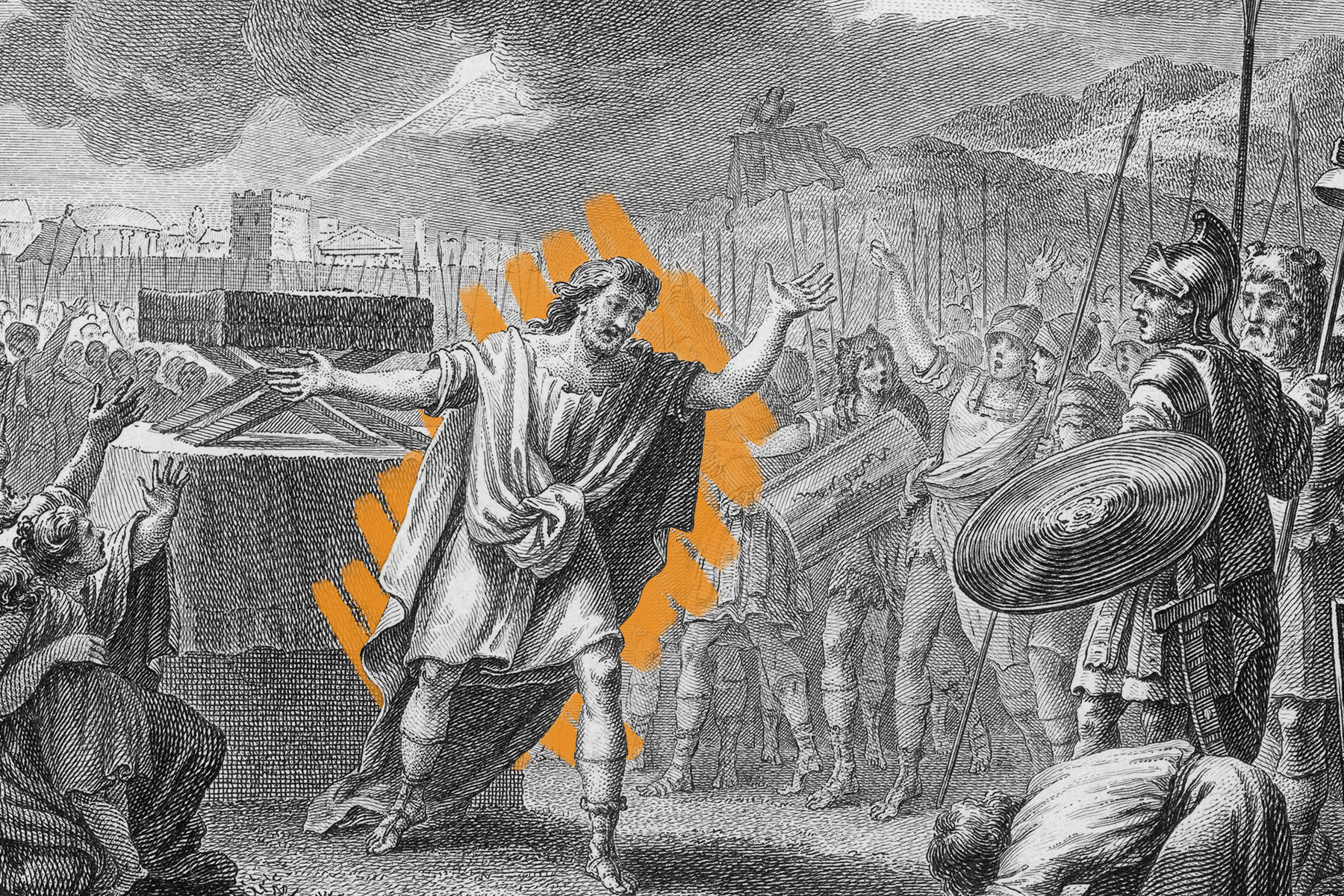The ancient Roman calendar started the year in March.
Today’s modern calendar comes with a lot of quirks, not least of which are the names of the last four months. Although September, October, November, and December seemingly begin with numeral prefixes, the numbers don’t match their place in the calendar. October, for example, is not the eighth month of the year, but the 10th. So what’s going on here? Well, blame the Romans.
Ancient Rome’s original calendar, which according to myth was created by the city’s legendary founder Romulus in the eighth century BCE, contained only 10 months. The year lasted 304 days, beginning in March (named for the Roman god Mars) and ending in December, the 10th month (marking the annual harvest). But because this calendar woefully underestimated the true length of a year, it was replaced with a new calendar by the Roman king Numa Pompilius around 713 BCE. The new calendar put the year at 355 days long, divided into 12 months, based on the cycles of the moon. It added the month of January to the start of the year and tacked on February at the end, though the latter eventually moved to its current position between January and March. This change threw the numerically named months (which at that point also included Quintilis and Sextilis) out of whack. Strangely, no one seemed to mind, and this quirk of the calendar has been with us ever since.















